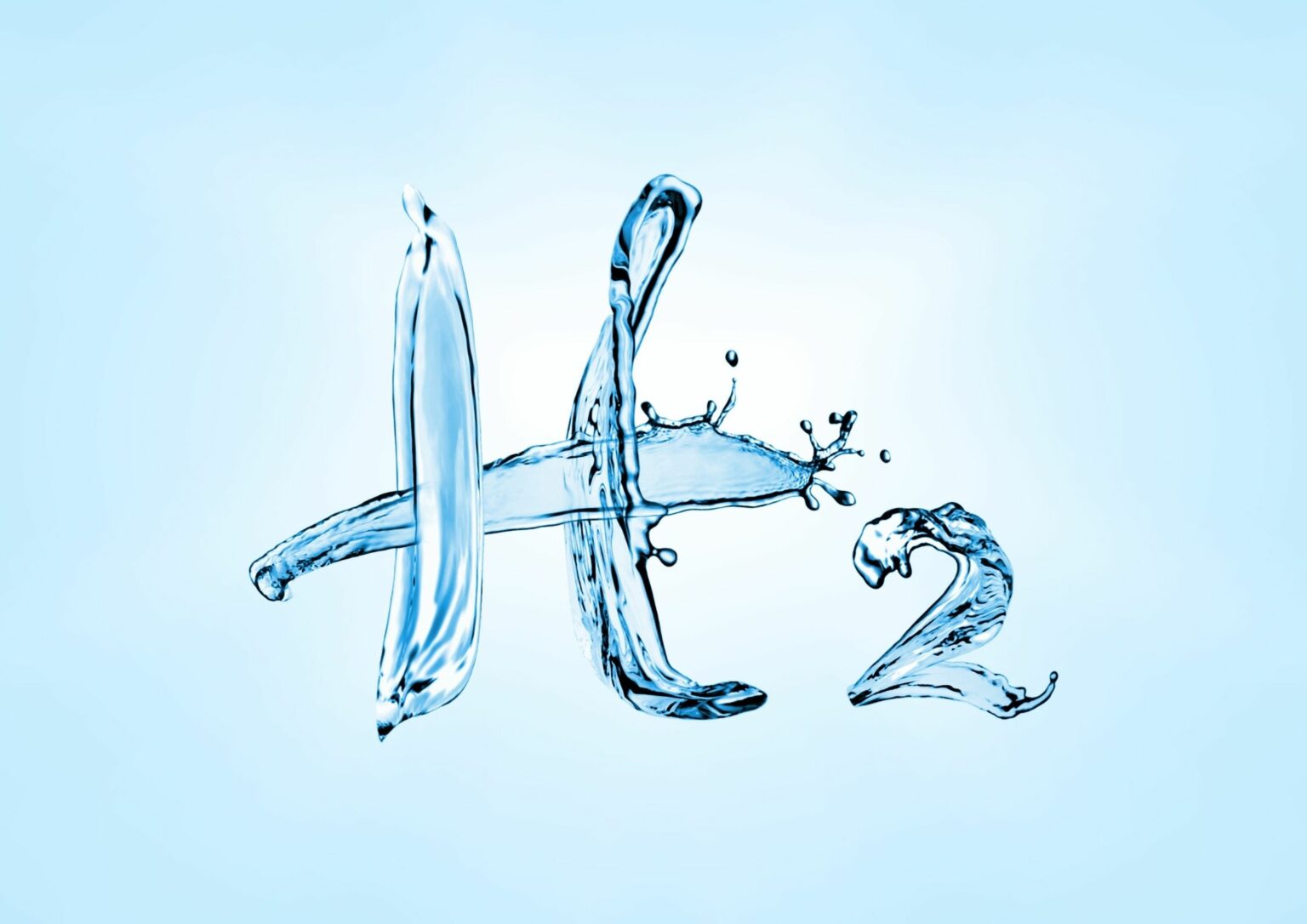Poland has emerged as a significant player in the European Union’s hydrogen landscape, securing its position as one of the top three hydrogen producers within the EU, following closely behind Germany and the Netherlands.
The Polish Economic Institute’s recent report highlights the country’s commendable annual production of approximately 1.3 million tonnes, contributing over 13% to the EU’s hydrogen output.
While Poland stands tall in hydrogen production, the report urges stakeholders to delve into a comprehensive analysis of the nation’s hydrogen potential. As global demand for hydrogen skyrockets and the EU anticipates a pivotal shift towards green or low-emission hydrogen by 2030, Poland’s strategic role in this transition comes into focus.
Poland’s current hydrogen production predominantly falls into the category of grey hydrogen, extracted through the steam reforming of hydrocarbons in industrial plants. This resource primarily fuels the chemical, refinery, food, and metallurgical industries. However, with the increasing demand for hydrogen, especially in sectors like oil refining and ammonia production, there’s a growing need for a shift towards green hydrogen production methods.
Poland’s pivotal role extends beyond being a significant hydrogen producer. The International Energy Agency forecasts a fourfold increase in demand for low-emission hydrogen by 2050, reaching a staggering 400 million tonnes. The largest share of this demand is anticipated in the aviation and maritime sectors, electricity production, and the chemical sector.
As Poland positions itself as a key player in hydrogen production, the potential impact reverberates across industries. The gradual rise of hydrogen and ammonia usage in the power sector, acting as low-emission stabilizers, aligns with the country’s commitment to sustainable energy practices.
